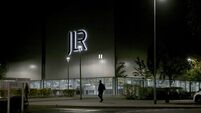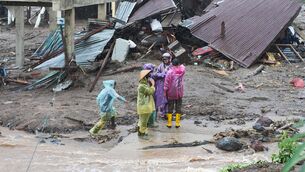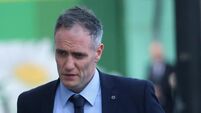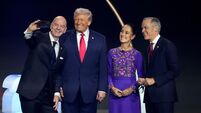Business travellers key to tourism targets
Increasing business tourism to Ireland will help meet ambitious targets for boosting visitor numbers and spending in the country, tourism chiefs said today.
Tourism Ireland has set a revenue aim of €4.2bn from foreign visitors for 2006, with 8.5 million people from overseas expected to travel to Ireland.
















